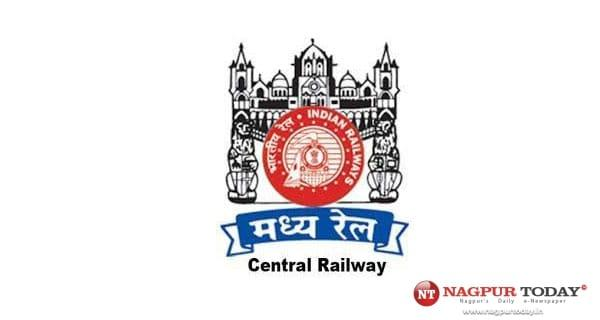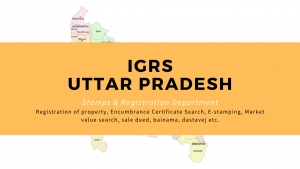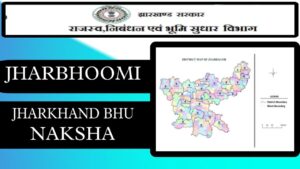India’s railway network is one of the largest in the world, and among its five primary zones, the Central Railway (CR) stands out as one of the oldest and most significant. With Mumbai as its headquarters, Central Railway plays a critical role in both suburban and long-distance travel across Maharashtra, Madhya Pradesh, and parts of Karnataka and Telangana. Whether you’re a daily commuter or a long-distance traveler, understanding the station list, routes, and connections of Central Railway can make your journey more efficient and informed.
What Is the Central Railway Zone and Why Is It Important?
The Central Railway zone is one of the original zones created during the reorganization of Indian Railways in 1951. It has its headquarters at Chhatrapati Shivaji Maharaj Terminus (CSMT), Mumbai. The zone covers key regions including Mumbai, Pune, Nagpur, Solapur, and Bhusawal.
Key Features:
- Over 4,000 km of route length
- Covers Maharashtra, parts of Madhya Pradesh, Karnataka, and Telangana
- Handles suburban and long-distance trains
- Important for freight corridors, agricultural transport, and urban commuting
How Is the Central Railway Structured Geographically?
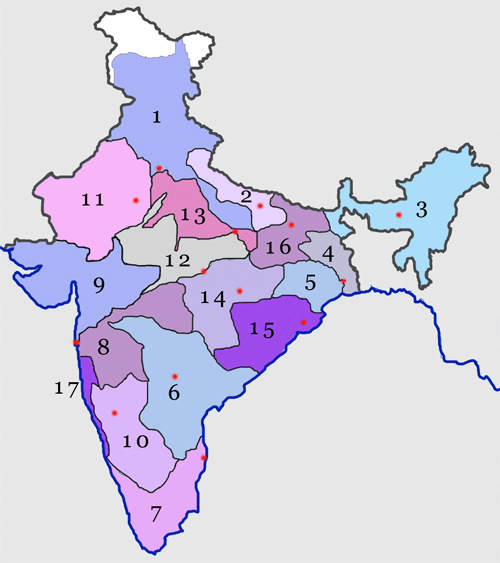
The Central Railway is divided into five divisions:
- Mumbai Division
- Pune Division
- Nagpur Division
- Solapur Division
- Bhusawal Division
Each division is responsible for operations, maintenance, and service management within its jurisdiction. The Mumbai division is the busiest due to its massive suburban network, connecting millions daily to their workplace and back.
What Are the Main Routes Operated by Central Railway?
-
Mumbai Suburban Network (Local Trains)
- CSMT to Kasara
- CSMT to Khopoli
- CSMT to Panvel
- CSMT to Karjat
This route forms the backbone of Mumbai’s lifeline, handling over 3 million passengers every day.
-
Pune Division Routes
- Pune to Mumbai (via Lonavala and Kalyan)
- Pune to Miraj, Kolhapur
- Pune to Daund, Ahmednagar
-
Nagpur Division Routes
- Nagpur to Itarsi
- Nagpur to Gondia
- Nagpur to Ballarshah
-
Solapur Division Routes
- Solapur to Pune
- Solapur to Wadi (towards Hyderabad)
- Solapur to Hotgi (towards Gulbarga)
-
Bhusawal Division Routes
- Bhusawal to Khandwa
- Bhusawal to Jalgaon, Nandurbar
- Bhusawal to Badnera, Akola
What Are the Major Stations Under the Central Railway?
Here’s a list of important railway stations that fall under the Central Railway zone:
Mumbai Division
- Chhatrapati Shivaji Maharaj Terminus (CSMT)
- Dadar
- Thane
- Kalyan
- Karjat
- Kasara
- Panvel
Pune Division
- Pune Junction
- Shivajinagar
- Lonavala
- Daund
- Baramati
Nagpur Division
- Nagpur Junction
- Wardha
- Gondia
- Ballarshah
- Sevagram
Solapur Division
- Solapur Junction
- Kurduwadi
- Hotgi
- Akkalkot Road
Bhusawal Division
- Bhusawal Junction
- Jalgaon
- Manmad
- Badnera
- Akola
How Does Central Railway Connect Cities Across India?
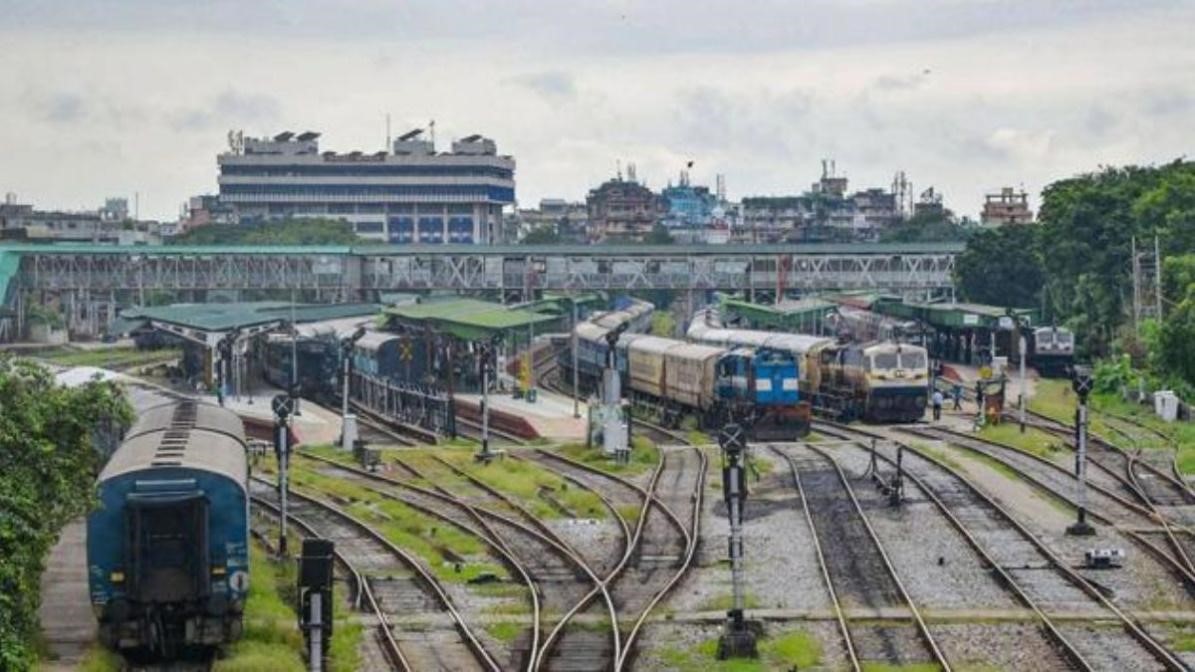
The Central Railway network links major cities like Mumbai, Pune, Nagpur, Solapur, and Hyderabad with other metropolitan areas across India.
Key Inter-Zonal Connections:
- Mumbai to Delhi (via Bhusawal, Itarsi)
- Mumbai to Kolkata (via Nagpur, Bilaspur)
- Mumbai to Chennai (via Solapur, Guntakal)
- Pune to Hyderabad (via Solapur, Wadi)
These routes are serviced by both superfast and express trains including:
- Deccan Queen
- Vidarbha Express
- Hussainsagar Express
- Punjab Mail
- Dadar–Chennai Superfast Express
How Many Trains Operate Under the Central Railway?
Central Railway operates over:
- 1,500 suburban trains daily
- 500+ mail and express trains
- Numerous freight and goods trains
These trains connect over 450 stations, facilitating both commuter and goods movement across states.
What Are the Special Features and Innovations of Central Railway?

Central Railway has consistently introduced modern technologies and passenger-friendly upgrades:
- UTS mobile ticketing app
- Digital display boards
- Bio-toilets and green initiatives
- Automatic Ticket Vending Machines (ATVMs)
- Elevators and escalators at major stations
- Integrated security surveillance (CCTV)
How Efficient Is the Suburban Network in Mumbai?
Mumbai’s suburban section under the Central Railway is considered one of the most efficient urban rail systems globally. It includes:
- Slow and fast locals
- 12 and 15-coach EMUs
- Ladies special trains
- Services every 3-5 minutes during peak hours
The suburban trains are lifelines for the working population of Mumbai and extend connectivity to satellite towns like Badlapur, Ambernath, and Karjat.
What Are the Cargo and Freight Services in Central Railway?
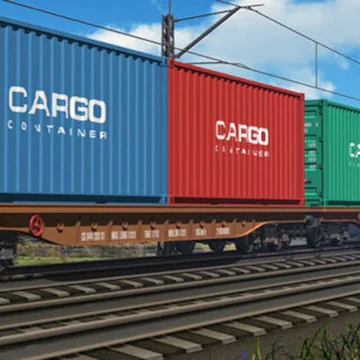
Central Railway plays a vital role in freight movement, particularly for:
- Petroleum and minerals from Nagpur and Solapur
- Agricultural produce from Bhusawal and Pune regions
- Industrial freight from MIDC zones in Maharashtra
Dedicated freight corridors and private sidings boost industrial logistics efficiency significantly.
How Is Central Railway Integrated with Other Metro Lines and Rail Zones?
Central Railway interfaces with:
- Western Railway at Dadar, Vasai, Bandra Terminus
- Harbour Line (WR + CR) at Panvel and Vadala Road
- Mumbai Metro Line 1, 2, 3, and 7
- Upcoming connections to Green Line Metro Mumbai (Line 4, 4A, 10)
This multimodal connectivity helps reduce transit time and offers last-mile linkages.
What Are the Future Projects Planned for Central Railway?
Upcoming Developments:
- High-speed rail feasibility on Mumbai–Nagpur route
- Upgradation of CSMT as a world-class terminal
- More semi-high-speed trains (Vande Bharat)
- Expansion of platforms for 22-coach trains
- Solar roofing at stations and workshops
These projects aim to make CR faster, greener, and more commuter-friendly.
What Role Does Central Railway Play in Pilgrimage Tourism?
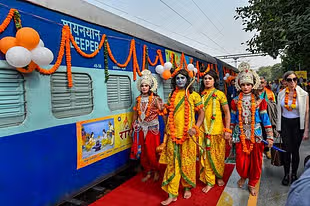
Central Railway facilitates tourism to:
- Shirdi (via Kopargaon and Manmad)
- Pandharpur (via Kurduwadi)
- Ajanta and Ellora (via Jalgaon and Aurangabad)
- Siddhivinayak Temple (via Dadar)
Special tourist trains and seasonal services are run during major festivals and yatras.
Conclusion: Why Should You Understand Central Railway’s Network?
Central Railway isn’t just a transport zone—it’s a critical part of India’s economic engine and social fabric. Whether you’re commuting within Mumbai or planning a trip across the country, knowing the station list, routes, and connections of Central Railway will help you plan your journey better.
And if you’re a homebuyer considering properties along well-connected railway corridors, being near a Central Railway line can significantly enhance your daily convenience and long-term property value. Projects in areas like Thane, Kalyan, Dombivli, and Pune offer excellent residential opportunities.
At Housiey, we help you find the perfect property connected seamlessly to major transit lines. Want to make smart real estate choices? Dive into our detailed blogs, explore top builders, and connect directly—without sharing your contact with multiple brokers.
Read our blog on Green Line Metro Mumbai to understand how the upcoming metro projects are reshaping connectivity in the city.
FAQs
India’s railway network is one of the largest in the world, and among its five primary zones, the Central Railway (CR) stands out as one of the oldest and most significant. With Mumbai as its headquarters, Central Railway plays a critical role in both suburban and long-distance travel across Maharashtra, Madhya Pradesh, and parts of Karnataka and Telangana. Whether you’re a daily commuter or a long-distance traveler, understanding the station list, routes, and connections of Central Railway can make your journey more efficient and informed.
What Is the Central Railway Zone and Why Is It Important?
The Central Railway zone is one of the original zones created during the reorganization of Indian Railways in 1951. It has its headquarters at Chhatrapati Shivaji Maharaj Terminus (CSMT), Mumbai. The zone covers key regions including Mumbai, Pune, Nagpur, Solapur, and Bhusawal.
Key Features:
- Over 4,000 km of route length
- Covers Maharashtra, parts of Madhya Pradesh, Karnataka, and Telangana
- Handles suburban and long-distance trains
- Important for freight corridors, agricultural transport, and urban commuting
How Is the Central Railway Structured Geographically?

The Central Railway is divided into five divisions:
- Mumbai Division
- Pune Division
- Nagpur Division
- Solapur Division
- Bhusawal Division
Each division is responsible for operations, maintenance, and service management within its jurisdiction. The Mumbai division is the busiest due to its massive suburban network, connecting millions daily to their workplace and back.
What Are the Main Routes Operated by Central Railway?
-
Mumbai Suburban Network (Local Trains)
- CSMT to Kasara
- CSMT to Khopoli
- CSMT to Panvel
- CSMT to Karjat
This route forms the backbone of Mumbai’s lifeline, handling over 3 million passengers every day.
-
Pune Division Routes
- Pune to Mumbai (via Lonavala and Kalyan)
- Pune to Miraj, Kolhapur
- Pune to Daund, Ahmednagar
-
Nagpur Division Routes
- Nagpur to Itarsi
- Nagpur to Gondia
- Nagpur to Ballarshah
-
Solapur Division Routes
- Solapur to Pune
- Solapur to Wadi (towards Hyderabad)
- Solapur to Hotgi (towards Gulbarga)
-
Bhusawal Division Routes
- Bhusawal to Khandwa
- Bhusawal to Jalgaon, Nandurbar
- Bhusawal to Badnera, Akola
What Are the Major Stations Under the Central Railway?
Here’s a list of important railway stations that fall under the Central Railway zone:
Mumbai Division
- Chhatrapati Shivaji Maharaj Terminus (CSMT)
- Dadar
- Thane
- Kalyan
- Karjat
- Kasara
- Panvel
Pune Division
- Pune Junction
- Shivajinagar
- Lonavala
- Daund
- Baramati
Nagpur Division
- Nagpur Junction
- Wardha
- Gondia
- Ballarshah
- Sevagram
Solapur Division
- Solapur Junction
- Kurduwadi
- Hotgi
- Akkalkot Road
Bhusawal Division
- Bhusawal Junction
- Jalgaon
- Manmad
- Badnera
- Akola
How Does Central Railway Connect Cities Across India?

The Central Railway network links major cities like Mumbai, Pune, Nagpur, Solapur, and Hyderabad with other metropolitan areas across India.
Key Inter-Zonal Connections:
- Mumbai to Delhi (via Bhusawal, Itarsi)
- Mumbai to Kolkata (via Nagpur, Bilaspur)
- Mumbai to Chennai (via Solapur, Guntakal)
- Pune to Hyderabad (via Solapur, Wadi)
These routes are serviced by both superfast and express trains including:
- Deccan Queen
- Vidarbha Express
- Hussainsagar Express
- Punjab Mail
- Dadar–Chennai Superfast Express
How Many Trains Operate Under the Central Railway?
Central Railway operates over:
- 1,500 suburban trains daily
- 500+ mail and express trains
- Numerous freight and goods trains
These trains connect over 450 stations, facilitating both commuter and goods movement across states.
What Are the Special Features and Innovations of Central Railway?

Central Railway has consistently introduced modern technologies and passenger-friendly upgrades:
- UTS mobile ticketing app
- Digital display boards
- Bio-toilets and green initiatives
- Automatic Ticket Vending Machines (ATVMs)
- Elevators and escalators at major stations
- Integrated security surveillance (CCTV)
How Efficient Is the Suburban Network in Mumbai?
Mumbai’s suburban section under the Central Railway is considered one of the most efficient urban rail systems globally. It includes:
- Slow and fast locals
- 12 and 15-coach EMUs
- Ladies special trains
- Services every 3-5 minutes during peak hours
The suburban trains are lifelines for the working population of Mumbai and extend connectivity to satellite towns like Badlapur, Ambernath, and Karjat.
What Are the Cargo and Freight Services in Central Railway?

Central Railway plays a vital role in freight movement, particularly for:
- Petroleum and minerals from Nagpur and Solapur
- Agricultural produce from Bhusawal and Pune regions
- Industrial freight from MIDC zones in Maharashtra
Dedicated freight corridors and private sidings boost industrial logistics efficiency significantly.
How Is Central Railway Integrated with Other Metro Lines and Rail Zones?
Central Railway interfaces with:
- Western Railway at Dadar, Vasai, Bandra Terminus
- Harbour Line (WR + CR) at Panvel and Vadala Road
- Mumbai Metro Line 1, 2, 3, and 7
- Upcoming connections to Green Line Metro Mumbai (Line 4, 4A, 10)
This multimodal connectivity helps reduce transit time and offers last-mile linkages.
What Are the Future Projects Planned for Central Railway?
Upcoming Developments:
- High-speed rail feasibility on Mumbai–Nagpur route
- Upgradation of CSMT as a world-class terminal
- More semi-high-speed trains (Vande Bharat)
- Expansion of platforms for 22-coach trains
- Solar roofing at stations and workshops
These projects aim to make CR faster, greener, and more commuter-friendly.
What Role Does Central Railway Play in Pilgrimage Tourism?

Central Railway facilitates tourism to:
- Shirdi (via Kopargaon and Manmad)
- Pandharpur (via Kurduwadi)
- Ajanta and Ellora (via Jalgaon and Aurangabad)
- Siddhivinayak Temple (via Dadar)
Special tourist trains and seasonal services are run during major festivals and yatras.
Conclusion: Why Should You Understand Central Railway’s Network?
Central Railway isn’t just a transport zone—it’s a critical part of India’s economic engine and social fabric. Whether you’re commuting within Mumbai or planning a trip across the country, knowing the station list, routes, and connections of Central Railway will help you plan your journey better.
And if you’re a homebuyer considering properties along well-connected railway corridors, being near a Central Railway line can significantly enhance your daily convenience and long-term property value. Projects in areas like Thane, Kalyan, Dombivli, and Pune offer excellent residential opportunities.
At Housiey, we help you find the perfect property connected seamlessly to major transit lines. Want to make smart real estate choices? Dive into our detailed blogs, explore top builders, and connect directly—without sharing your contact with multiple brokers.
Read our blog on Green Line Metro Mumbai to understand how the upcoming metro projects are reshaping connectivity in the city.
FAQs






